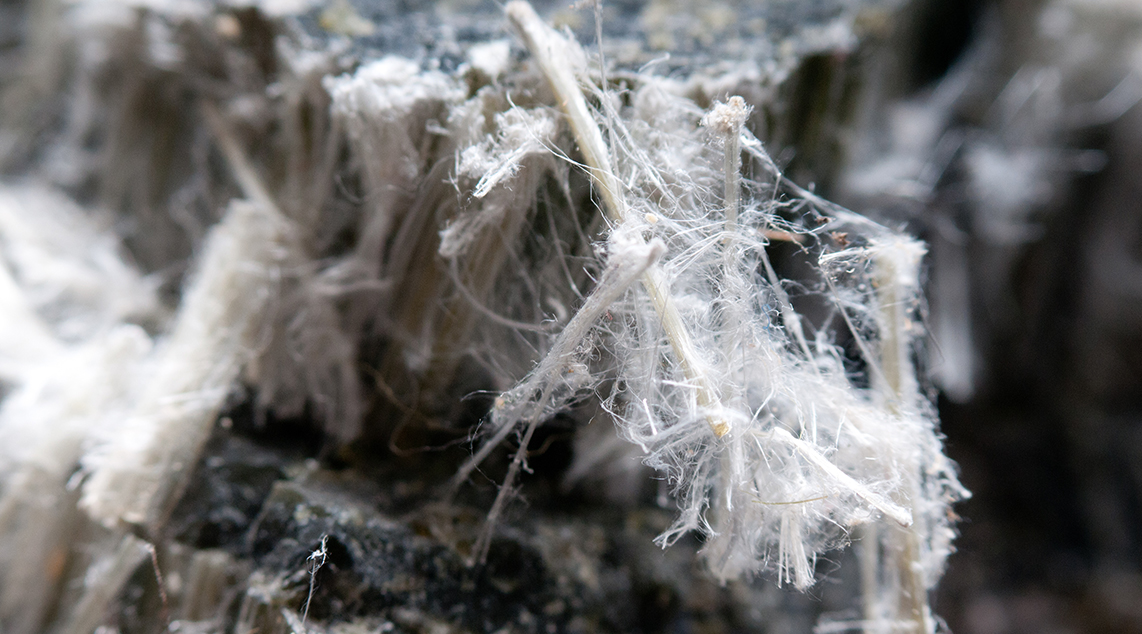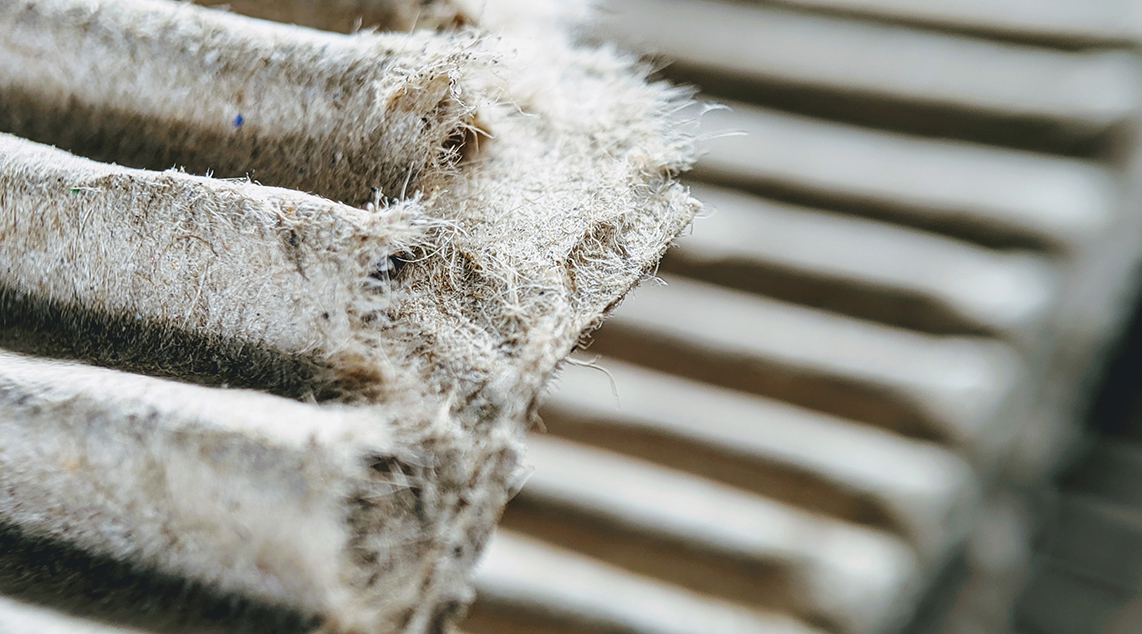
Laboratory analysis is the only definitive way to identify asbestos—but there are practical visual and physical cues that can help you make a preliminary assessment.
At Integrated Environmental Pty Ltd, we often receive questions from property owners, tradespeople, and managers who need to assess potential asbestos-containing materials (ACMs) quickly, particularly in older buildings. While only polarised light microscopy (PLM) or scanning electron microscopy (SEM) can confirm the presence of asbestos fibres, there are key indicators you can look for onsite.
🎥 Watch our video demonstration:
1. Look for the Age and Type of Material
Asbestos was widely used in Australia until the national ban in 2003, especially in materials installed between 1940 and 1990. Common ACMs include:
- Fibro sheeting (e.g., wall panels, eaves, fencing)
- Vinyl flooring and backing
- Pipe insulation and heater flues
- Ceiling tiles and sprayed coatings
- Electrical switchboard panels
If the material is pre-1990 and cement-based, there’s a significant chance it contains asbestos.
2. Examine the Edges of the Material
Asbestos fibres are typically fine, white, and fluffy, and in bonded products they may appear in the matrix when edges are broken or worn. Carefully examine:
- Fractured corners
- Drill holes
- Cut or cracked surfaces
Avoid touching or disturbing the material—use a magnifier or zoomed-in camera if needed.
3. Feel for Brittleness (Without Breaking)
Many non-asbestos cement products are flexible or tough under pressure. Asbestos cement sheeting is generally:
- Brittle and cracks easily
- Has a powdery fracture face
- Feels dense and cold to the touch
However, do not attempt to snap or break materials to test this. It may release hazardous fibres.
4. Observe for Surface Fibres or Dust
If the material is degrading, look for fine fibres protruding from the surface or fluffy white dust in surrounding areas. This is particularly common in:
- Pipe lagging
- Insulation wraps
- Backing of vinyl or carpet underlays
These materials are more friable and pose higher risk.
5. Compare to Known Examples
In the video linked above, we show visual differences between asbestos-containing fibro and newer non-asbestos products. Features to compare include:
- Visible fibre structure
- Coloration and surface finish
- Reinforcement patterns

Why This Matters
Early identification helps with:
- Isolating suspect areas
- Minimising disturbance
- Engaging professionals early
But never rely on visual assessment alone for clearance or removal. If there’s any uncertainty, have the material tested by a NATA-accredited laboratory.
Need Expert Help?
Integrated Environmental Pty Ltd provides:
- Onsite asbestos inspections
- Safe sampling by licensed assessors
- Laboratory analysis and clearance reports
- Advice on legal compliance under WHS and SafeWork NSW
